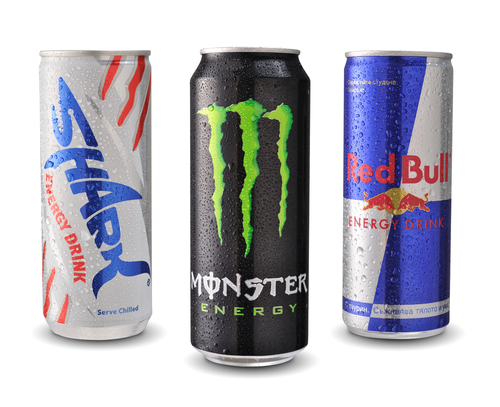The End of the Pasta Party: Why a Low-Carb, High-Fat Diet is Best for Athletes
By Dan Peterson, TeamSnap's Sports Science Expert
Show of hands––how many of you sports parents have hosted or sent your budding superstar to a “pasta party”? Maybe you've even partaken of the ritual overload of carbohydrates the day before a big race, following what you thought was credible advice about the need for reserve fuel sources for your body to call on during a marathon or intense game. By eating pasta, bread, fruit, and super dense “energy” bars, you hope your body will produce enough glucose sugar to avoid any early crashes into “The Wall.” As with a lot of nutritional advice over the last 30 years, what if carb loading wasn’t the best solution? Could our old nemesis, fat, be a better source for long-term energy? Three well-known sports scientists are suggesting just that in a new research review.
Certainly, carbs stored in the body as glucose are the most accessible form of energy, but for longer-term demands of runners and athletes over several hours, fat cells can provide a slow-burning reserve. In fact, our ancestors relied more on fat than sugar-based carbs.
“Over evolutionary time, fat has played a major if not dominant role in supplying the human body with fuel,” wrote the authors of an article in the European Journal of Sport Science. “In times of plenty, the majority of the dietary energy of hunter/gatherers, primary hunters and nomadic herders came from fat. During lean times, the body energy reserves we rely upon to tide us over consist almost exclusively of fat. It would thus seem reasonable to expect that in the 2 million plus years of evolution since our ancestors parted company from the great apes, our greater exposure to dietary fat would have equipped us to effectively use it as our primary functional fuel.”
But converting fat to energy requires an extra step to create fatty acids which can be used by muscles. Dr. Jeff Volek, Dr. Stephen Phinney and Dr. Tim Noakes collaborated to understand how an athlete’s body could be trained to quicken this process so that fat stores can be called on when glycogen is depleted.
They call for a high-performance athlete’s diet to consist of 85% fat and almost no carbohydrates. This combination would create molecules called ketones which jumpstart the conversion of fat into fatty acids. So, once the available glycogen is burned up, an athlete’s body that has adapted to this ketosis process will be able to rely on a much larger store of fat cells for fuel.
Ketones also have the advantage of acting as an anti-inflammatory to aid in the repair of recovering muscles after a grueling workout or competition.
That early period of adaptation can be rough on athletes as their body craves the sugar high that it has been conditioned to expect. But once past the first month, the benefits should start to appear.
“After a period of 3–4 weeks with total daily carbohydrates at a level that induces nutritional ketosis, the human body adapts to be able to use almost all fat for its fuel,” wrote the authors. “In athletes, we posit that this may facilitate extended performance without the need for the frequent ingestion of carbohydrate-based fuels during exercise.”
In fact, rather than having to reload the carb supply during a race or game with sports drinks, fruit or energy bars, an athlete can rely on ketones to deliver steady energy over long periods.
“Whereas prolonged intense exercise when one is dependent upon glucose/glycogen progressively depletes fuel reserves available to sustain the brain, the keto-adapted athlete may benefit from the opposite effect,” concluded the research team. “As endurance exercise progresses, unlike the blood glucose concentration, the blood ketone concentration does not decline but tends to rise somewhat, ensuring a stable supply of fuels to the brain.”
More information on the low-carb, high-fat diet can be found at the Art and Science of Low Carb website of Dr. Volek and Dr. Phinney.
So, instead of having the high school soccer team over for a “pasta party,” we could, over time, switch that up to a “bacon cheeseburger party.” Just hold the bun.
NEW! Free Sports Organization Resources
All of TeamSnap's ebooks, articles, and stories in one place. Access Now
Similar Articles:

How Eating Breakfast Will Help Your Kids Control Their Weight
By Dan Peterson, TeamSnap's Sports Science Expert Eat…
Read More

Do Energy Drinks Boost Sports Performance?
By Dan Peterson, TeamSnap's Sports Science Expert …
Read More

Eating Your Vegetables Can Help You Hit a Fastball
By Dan Peterson, TeamSnap's Sports Science Expert …
Read More
